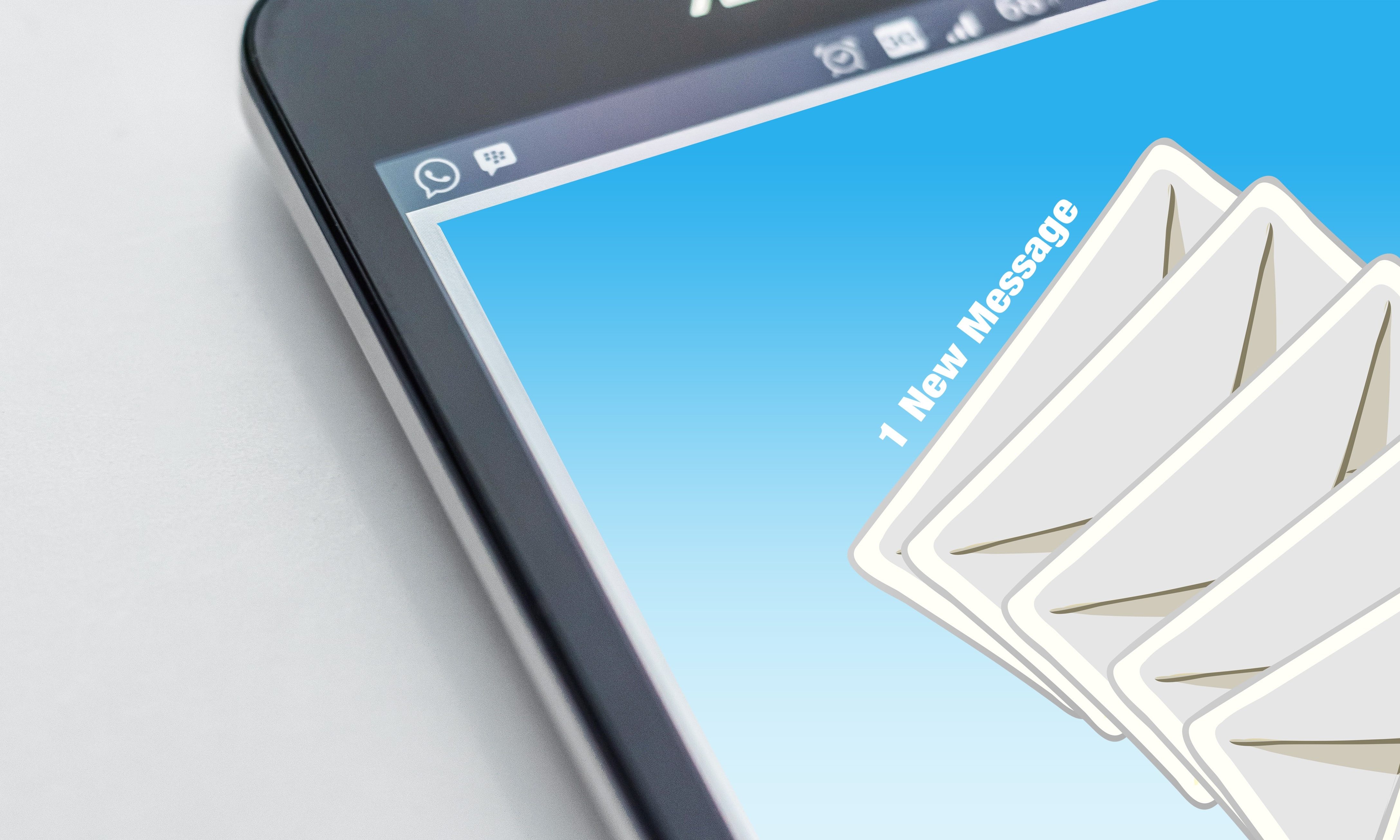What would we do without email? These days we rely heavily on email as one of our primary modes of communication, and while email is generally more informal than the formal letter, emailing a colleague or professional associate is best regarded in a more formal light. Reason? We’re usually emailing this person with a request, a question, or concern. So, it makes good “social sense” to acknowledge your recipient with a certain amount of respect and to take care with tone, grammar and punctuation.
Additionally, while you may have a friendly relationship with person and the email format encourages that, you are not emailing a friend or a family member. Remember- email is not texting so watch out for those abbreviations and avoid emoticons. Generally, a more formal tone and style in all of your professional writing reflects well on you.
In this regard, let’s attend to a protocol in composing and sending emails. Recognize that your recipient receives multiple emails daily, so do all you can to ensure your email gets read and your reason for writing is understood. Here are a few tips:
- Use the subject line and identify a concise and clear purpose for writing. For example, “Question about Cabinet Order” or “Meeting Request.” Doing this gives your recipient another “identifier” besides your name when they see the email in their Inbox.
- Since you are probably going to ask a question or make a request, be cordial and respectful. Salutations such as “hello” are helpful here. If the person is outside your company and you don’t have experience using this person’s first name, rely on the person’s title and last name. For example, “Ms. or Mr.” Ruiz.
Tip!
Also, be consistent. For example, if you’re writing to John Ruiz and Samantha Clark both in the same company, use either both their first names or refer to both by title and last names. Important! Do not write “Hi, Samantha” but refer to Mr. Ruiz in the email text. You don’t want to use the informal first name for the female associate but then refer to the male associate by title.
Avoid inadvertent sexism this way.
- Email correspondence should be direct and relatively brief. Clearly state why you’re writing. Try, “I am writing because” as your opening line.
- Provide a timeframe regarding the issue for the person to get back to you.
- Never forget the value of a simple “thank you.” For example, “I appreciate your help here. Thank you.”
- Have a signature line that identifies you, your position, and the company. Be polished & professional; don’t be snarky here. Beware of including quotes or statements that can be offensive or questionable. Remember, this email reflects your professional status and your self-image.
- Check for typos and misspellings. Use Spellcheck if it’s available. However, spellcheck is not always reliable, so always proofread your text prior to sending. Watch out for those pesky homophones.
Sound easy? Good! If not, here’s a sample of using these tips:
Subject Line: System Rollers Renovation –Sante Fe
Hello, Mr. Garcia.
I am writing to schedule an appointment via a Google Hangout for the week of May 20. In this meeting, I’d like to discuss the renovation design for the Sante Fe project. Once I have your availability, I’ll be coordinating this meeting with Sylvia Beach and Dwayne Smits, project managers from our Huston office. Please respond with possible times at your earliest convenience. Thank you, and I look forward to collaborating.
Best regards,
Michelle Kennedy
Architectural Manager
System Rollers Manufacturing
What not to do!
Mr. G –
Get back to me asap regarding a future meeting with Sylvia and Dwayne.
M
Architectural Maven
Don’t Sweat the Small Stuff!
By Anne Maxham, Ph.D.

